Teresa Conceicao
Enhancing AI-based Robotics with Simulation Workflows
#1about 3 minutes
Understanding the limitations of pre-programmed robots
Pre-programmed robots often fail when environmental conditions change, highlighting the need for more adaptive AI-driven autonomy.
#2about 3 minutes
Core requirements for developing AI-powered robots
AI-based robots require massive amounts of diverse data, extensive parallel training, and rigorous testing, which are challenging to achieve in the real world.
#3about 3 minutes
An overview of NVIDIA Omniverse and Isaac Sim
NVIDIA Omniverse provides a platform for creating physically accurate virtual worlds, while Isaac Sim offers specialized tools for robotics simulation.
#4about 3 minutes
Getting started with your first robot in Isaac Sim
Learn the initial development steps by running a "Hello World" example, importing a robot model via the URDF importer, and inspecting its properties.
#5about 2 minutes
Building and collaborating on simulation environments
Leverage Omniverse's live-sync capabilities to collaborate on creating rich simulation environments by connecting to industry tools like Revit and Rhino.
#6about 4 minutes
Programming robot behavior with Python, OmniGraph, and ROS
Explore various methods for controlling robots, including direct Python APIs, the OmniGraph visual programming interface, and integration with the Robot Operating System (ROS).
#7about 3 minutes
Using synthetic data generation for AI training
Overcome the challenges of real-world data collection by using simulation to generate perfectly labeled, diverse synthetic data for training perception models.
#8about 5 minutes
Closing the sim-to-real gap with domain randomization
Mitigate the appearance and content gaps between simulation and reality by using domain randomization to create more robust and generalizable AI models.
#9about 3 minutes
Real-world examples of simulation-trained robots
See how partners like Fraunhofer, Festo, and ETH Zurich use Isaac Sim to develop, train, and test advanced robots for logistics and collaboration.
#10about 2 minutes
Resources for getting started and final Q&A
Find resources like documentation, developer forums, and conference talks to learn more, followed by a Q&A on procedural versus handmade data.
Related jobs
Jobs that call for the skills explored in this talk.
Matching moments

35:01 MIN
Discussing the future of AI in development workflows
Boost Productivity with AI: Figma & Playwright MCP Workflows - Aris Markogiannakis
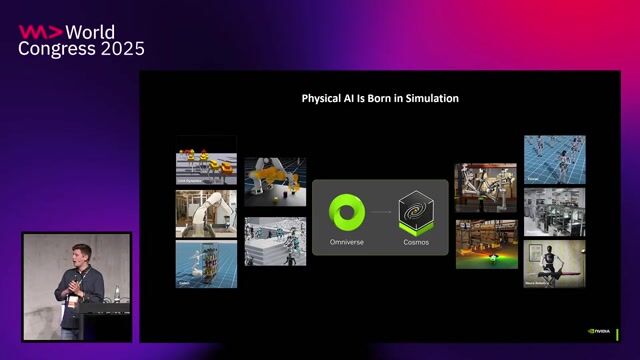
10:07 MIN
Building digital twins with Omniverse and Isaac Sim
How Robots Learn to be Robots
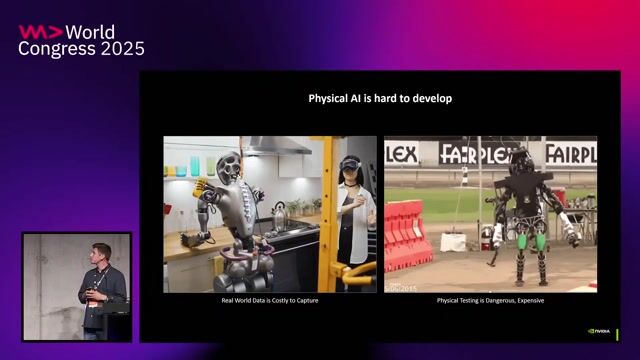
03:32 MIN
The three-computer solution for robotics challenges
How Robots Learn to be Robots

27:27 MIN
Matching edge AI challenges with NVIDIA's solutions
Trends, Challenges and Best Practices for AI at the Edge
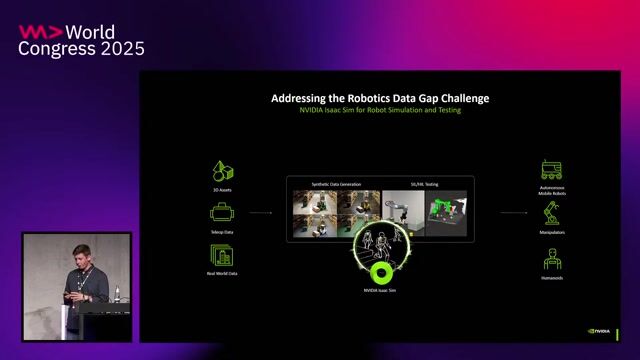
12:32 MIN
Scaling training data with simulated teleoperation
How Robots Learn to be Robots
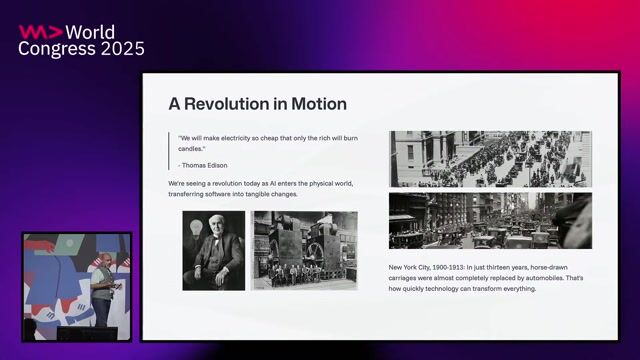
03:06 MIN
AI is moving from the screen to the physical world
Robots 2.0: When artificial intelligence meets steel
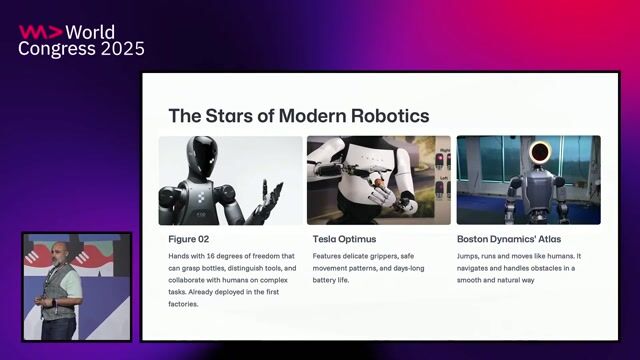
08:58 MIN
Why robotic capabilities are advancing so rapidly
Robots 2.0: When artificial intelligence meets steel
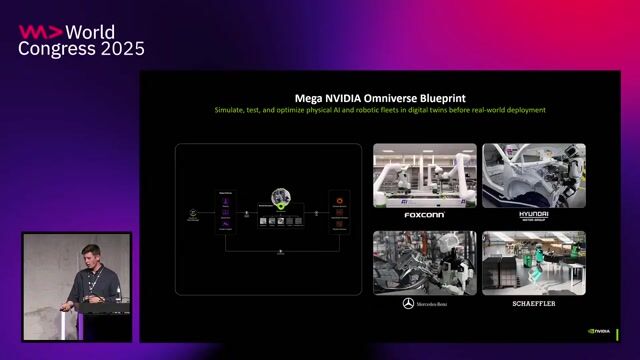
23:21 MIN
Testing and deploying robots in large-scale simulations
How Robots Learn to be Robots
Featured Partners
Related Videos
 24:48
24:48How Robots Learn to be Robots
Alexander Schwarz
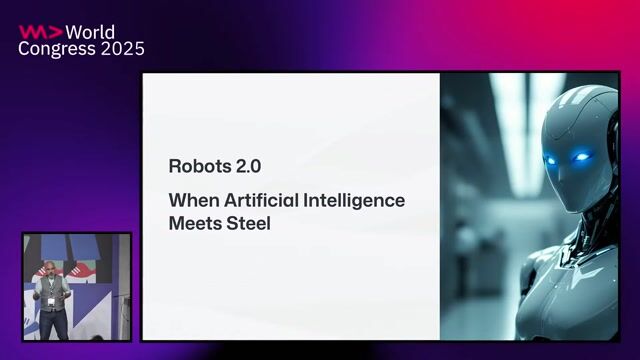 28:19
28:19Robots 2.0: When artificial intelligence meets steel
Thomas Tomow
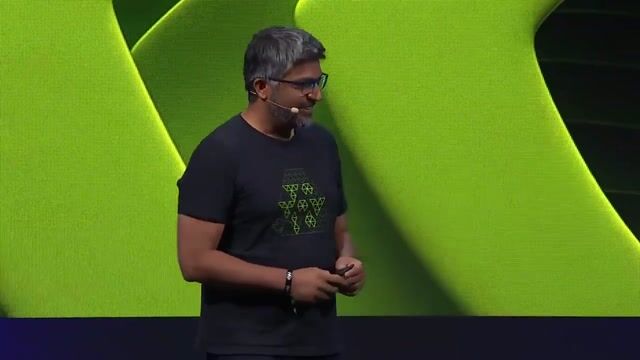 35:16
35:16How AI Models Get Smarter
Ankit Patel
 29:34
29:34Robots are coming into the wild! Full-Stack Robotics Engineers, be ready!
Falk-Moritz Schaefer
 28:09
28:09The AI-Ready Stack: Rethinking the Engineering Org of the Future
Jan Oberhauser, Mirko Novakovic, Alex Laubscher & Keno Dreßel
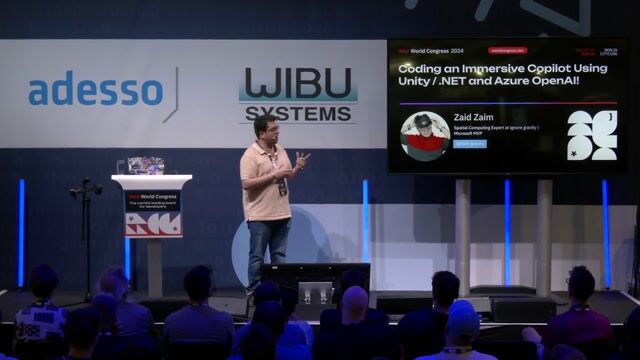 31:50
31:50Coding an Immersive Copilot using Unity / .NET and Azure OpenAI!
Zaid Zaim
 29:50
29:50Trends, Challenges and Best Practices for AI at the Edge
Ekaterina Sirazitdinova
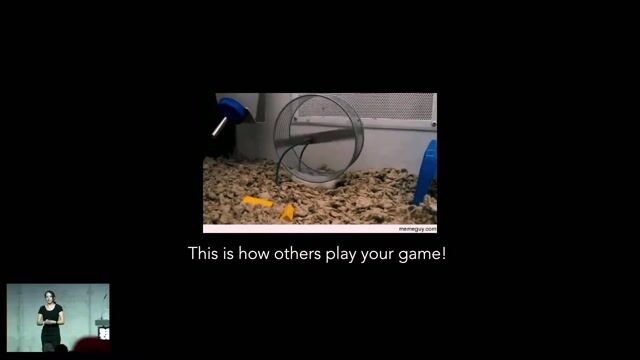 31:15
31:15How AI is shaping our games
Johanna Pirker
Related Articles
View all articles



From learning to earning
Jobs that call for the skills explored in this talk.

AI Systems and MLOps Engineer for Earth Observation
Forschungszentrum Jülich GmbH
Jülich, Germany
Intermediate
Senior
Linux
Docker
AI Frameworks
Machine Learning




Student project: Optimizing Open-set Recognition Methods for Reliable Real-world AI Systems
Imec
Azure
Python
PyTorch
TensorFlow
Computer Vision
+1


AI & Embedded ML Engineer (Real-Time Edge Optimization)
autonomous-teaming
Canton of Toulouse-5, France
Remote
C++
GIT
Linux
Python
+1

AI & Embedded ML Engineer (Real-Time Edge Optimization)
autonomous-teaming
München, Germany
Remote
C++
GIT
Linux
Python
+1

ML Data Engineer - Computer Vision, Video & Sensor Data
autonomous-teaming
Canton of Toulouse-5, France
Remote
ETL
NoSQL
NumPy
Python
+4